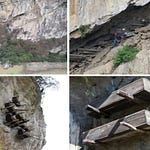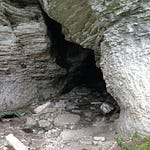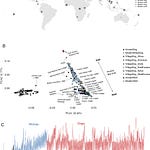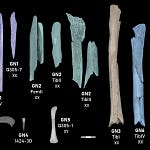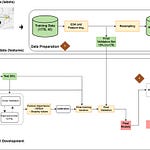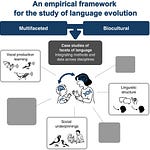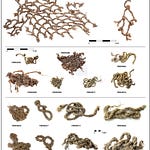Rethinking the Archaeology of Contact
For decades, the presence or absence of European trade goods—glass beads, iron knives, brass kettles—has guided archaeologists in determining whether a North American Indigenous site was occupied before or after European contact. If European objects were found, the site was “historic.” If not, it was pre-contact. But that tidy timeline is crumbling.
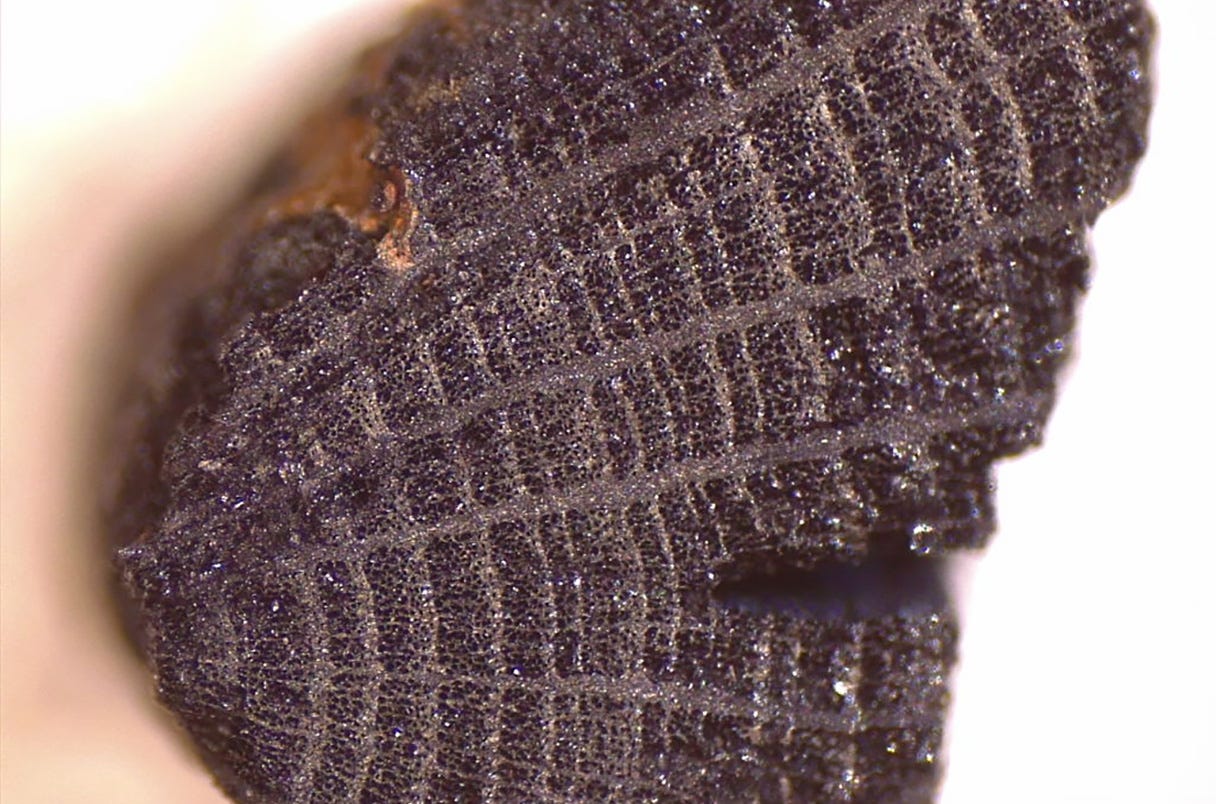
Recent advances1 in radiocarbon dating are providing more precise historical chronologies and challenging assumptions about how Indigenous communities responded to European intrusion. Instead of abrupt collapse or assimilation, the new data show stories of continuity, adaptation, and strategic resistance.
“People paint the picture that colonization was adopted abruptly—a one-night stay [by a European], and we changed our life completely,” said RaeLynn Butler of the Muscogee (Creek) Nation during a session at the Society for American Archaeology (SAA) annual meeting in Denver. “And that’s just not the case.”
When Dates Tell a Different Story
At the heart of this scientific shift is the Jean-Baptiste Lainé Site in Ontario, once considered a textbook example of a village abandoned shortly after European arrival. The site, associated with ancestral Wendat communities, yielded few European items, and so was long assumed to have been left around 1535.
But when archaeologist Jennifer Birch of the University of Georgia partnered with radiocarbon specialist Sturt Manning of Cornell, the picture changed. Using advanced models that integrate tree-ring and carbon data, they dated the site’s occupation to between 1590 and 1615—more than two generations later than expected.
“We’d been off by two or three whole generations,” Birch recalled. “I was in disbelief for two years.”
Reconstructing Indigenous Persistence
The implications ripple far beyond a single site. Sites across eastern North America—long assumed to have been abandoned or fundamentally altered in the wake of European contact—are now being redated. The Lamar site in Georgia’s Ocmulgee Mounds National Historical Park, traditionally dated to before 1540, may have hosted Indigenous towns a full century later. New dates suggest it was likely the Ichisi town encountered by Hernando de Soto during his expedition.
Similarly, archaeologist Michelle Pigott is re-examining villages in North Carolina’s Joara region. Her preliminary data show that these communities continued to thrive long after they destroyed a Spanish fort in 1568—contrary to longstanding narratives of their disappearance.
Trade Without Traders
The revised dates don’t just correct timelines—they challenge assumptions about power and agency. In southern Ontario, radiocarbon data from beaver-processing sites show that Indigenous groups were actively engaged in large-scale fur production before formal European trade networks were established. Rather than passive responders to colonial economies, these communities were proactively reshaping their own.
“Just because European stuff exists, that doesn’t mean Indigenous people want it,” said archaeologist Jacob Holland-Lulewicz. “They’re not passive recipients.”
From Artifact to Microhistory
The breakthrough lies in how scientists now treat time. Instead of lumping broad historical periods into categories based on ceramics or colonial artifacts, radiocarbon specialists are assembling what they call “microhistories.” These are high-resolution timelines based on dendrochronology (tree rings) and advanced statistical modeling of carbon-14 data.
The approach allows archaeologists to pinpoint events within the span of a single human life—offering a more intimate view of history.
“On a generation scale, you can tell a human story,” said Erik Marsh, a radiocarbon expert based in Argentina.
But this precision comes at a cost. The techniques require well-preserved wood or charcoal and are expensive. And because each site requires its own analysis, there’s no one-size-fits-all framework.
“Each chronology has to be scaffolded together from scratch,” Birch said.
Listening to the Living
Many of the sites being redated today hold meaning not just for archaeologists but for the descendant communities who still live on or near these lands. But this work has not always respected Indigenous sovereignty. For much of the 20th century, archaeologists often removed human remains and cultural artifacts without consultation or consent.
That practice is slowly changing.
At Ocmulgee, radiocarbon research is being conducted in direct collaboration with the Muscogee (Creek) Nation. “The research helps us tell a fuller story of who we were and who we still are,” said Butler, who now oversees cultural preservation for the Nation.
Yet even now, too many Indigenous nations learn about new research through academic journals rather than in partnership with researchers. “It shouldn’t take a tribal historic preservation officer luckily reading a paper to make that connection with the researcher,” Butler said.
“Why is it that this contact time period is so critical and important?” she asked. “And not necessarily what happened to our people after that?”
A New Story for the Archaeological Record
The power of precise dating lies not just in correcting facts, but in rewriting the broader narrative. The old model—a swift colonial encounter, followed by Indigenous decline and disappearance—has been used to justify land dispossession and historical erasure.
Now, a new picture is coming into view. One in which Indigenous peoples stayed, adapted, persisted, and resisted. The history of North America after 1492 is not one of blank pages but of interrupted stories waiting to be re-read with better tools and deeper respect.
Related Research
Manning, S. W., Birch, J., Conger, M. A., Dee, M. W., Sanft, S., Griggs, C., et al. (2023). High-precision radiocarbon dating of Iroquoian villages in Ontario, Canada: Implications for contact-period chronology. American Antiquity, 88(2), 307–328. https://doi.org/10.1017/aaq.2022.7
Holland-Lulewicz, J., Thompson, V. D., & Peres, T. M. (2020). Persistent places, shifting practices: New AMS dates from Ocmulgee National Monument and the archaeology of the late Mississippian Southeast. American Antiquity, 85(3), 474–492. https://doi.org/10.1017/aaq.2020.31
Conger, M. A., Birch, J., & Manning, S. W. (2024). A Bayesian re-evaluation of fur trade chronology in northeastern North America. Radiocarbon, 66(1), 97–113. https://doi.org/10.1017/RDC.2024.5
Redated artifacts rewrite how Indigenous people responded to European contact. (2025). [Data set]. In AAAS Articles DO Group. American Association for the Advancement of Science (AAAS).


